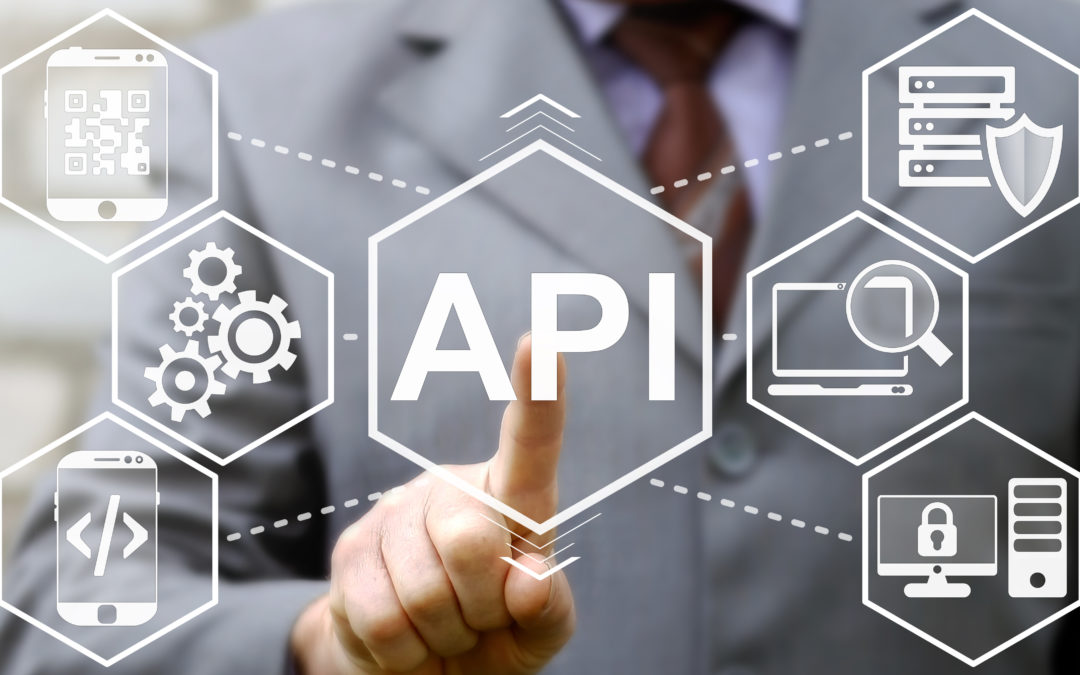Table of Contents
What is API Banking?
API banking is a set of protocols that makes a bank’s services available to a third-party via APIs. Multiple third parties can then use banking services or also offer the same to their customers. This helps both banks and third parties increase their offerings more than they can provide to their customers by themselves. The revised Payment Service Direct, known as PSD2, is one of the driving forces behind this evolution. PSD2 integrates open banking and APIs with the financial business industry ecosystem. APIs provide better means to share data such as balances, account information and transactions, and integrate with systems, making financial services quick and efficient.
Types of API
There are currently three types of APIs:
- Open Banking APIs, known as Public APIs, are publicly available to external developers and users. Banks are often concerned with the security of data and other sensitive client information. Open APIs allow for sharing data with a wide group of users while providing limited access to information. Open APIs help extend market reach.
- Internal APIs, known as private APIs, are used for sharing data across internal systems and users. Internal APIs are used across different internal development teams for better productivity and reuse of services. Internal APIs help enhance operational efficiency and security and reduce cost. Internal APIs are viewed as essential by the vast majority of banks.
- Partner APIs are used to facilitate communication and integration of software between a specific third-party partner and a bank. Partner APIs allow for expansion, especially in relation to new channels, products, etc. Partner APIs have many advantages such as reducing partner’s costs, enhancing security and value-added services.
Benefits of API Banking
-
Improve customer engagement:
By using API Banking, banks are better able to meet demands of their existing customers, as well as onboarding new customers via third-party platforms.
-
Create a secure environment:
API Banking allows delivering value added services to end users and protects the customer’s sensitive data.
-
Support various roles:
API Banking solution supports the various roles defined in PSD2, all based on a single platform.
-
Increase revenue:
API Banking provides a means of increasing revenue. API Banking provide banks with new method of increasing digital revenue.
-
Improve the customer experience:
API Banking improves the customer experience by providing customers with one user interface to conveniently complete all their transactions. By using APIs, banks can offer a more seamless, efficient customer experience.
API Banking has a profound influence on banks and financial institutions. API Banking creates technology and business ecosystems around banks; therefore, banks can provide broader offerings to new customers through their API partners and will explore new opportunities.

